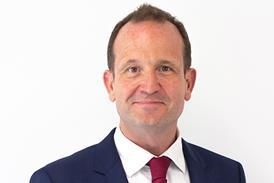The must-read stories and debate in health policy and leadership.
The management of back-office primary care services by outsourcing giant Capita has not been a smooth ride since they were first pushed out in 2015.
NHS England had tried to reform and transform the primary care support services themselves, which include the payment system for GPs, management of their pensions, and patient registrations.
NHSE sought solace in the private sector, signing a seven-year, £330m deal that would cut costs from £68m to £47m a year.
Alas, it has not been smooth sailing since. Despite this, the contract has been renewed and is now due to end in 2025.
Now NHSE is looking to reprocure it. They are a few months into a multi-year process. But they have started scoping out what the new contract will look like. NHSE’s team is considering whether to break apart the primary care support contract into its constituent parts.
They are not due to produce a strategic business case until January 2025, giving them plenty of time to consider and reconsider options. But it would be a momentous decision if they do decide to break up the PCS contract. Not least as it will be sailing against the prevailing wind of amalgamating back-office operations.
The long goodbye
Some NHSE staff will have to wait until next March to know their fate, following the announcement that around 9,000 roles will be cut during a workforce shake-up.
An NHSE update yesterday on the restructuring said the “new” NHSE would have around 15,300 posts – the merger of Health Education England and NHS Digital into NHSE means there are currently 24,329 roles.
Some of the 9,000 roles which are to be removed are vacant, and existing staff are leaving as part of an ongoing voluntary redundancy process. The new figures suggest the cuts will be at the upper end of the previously announced 30-40 per cent reduction.
Delays to the restructuring process mean that, some staff may not know what role they will be filling, or even if they have a job at all, until the end of this financial year. NHSE stresses the majority of staff would still know how the restructure would effect them by September, and 90 per cent would have certainty before Christmas.
Also on hsj.co.uk today
In a comment piece, Jonathon Holmes explains how sharing data on capacity and demand at a regional footprint level has allowed a consistent and clear overview of capacity, excess demand and emerging pinch points. And in The Ward Round, Annabelle Collins reports on the latest sentiments on strike action from the floor of the RCN Congress.























